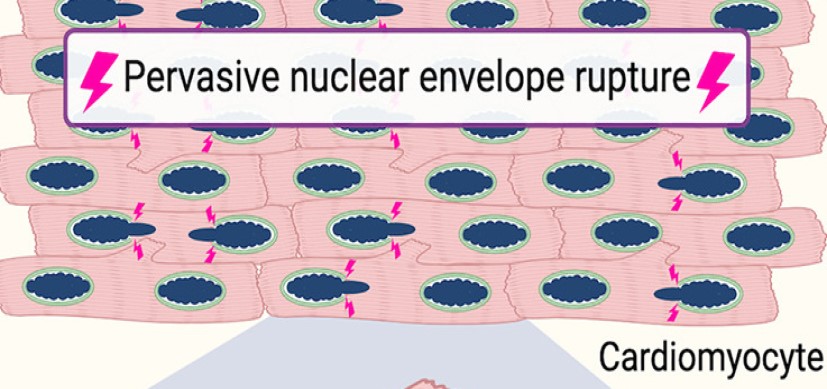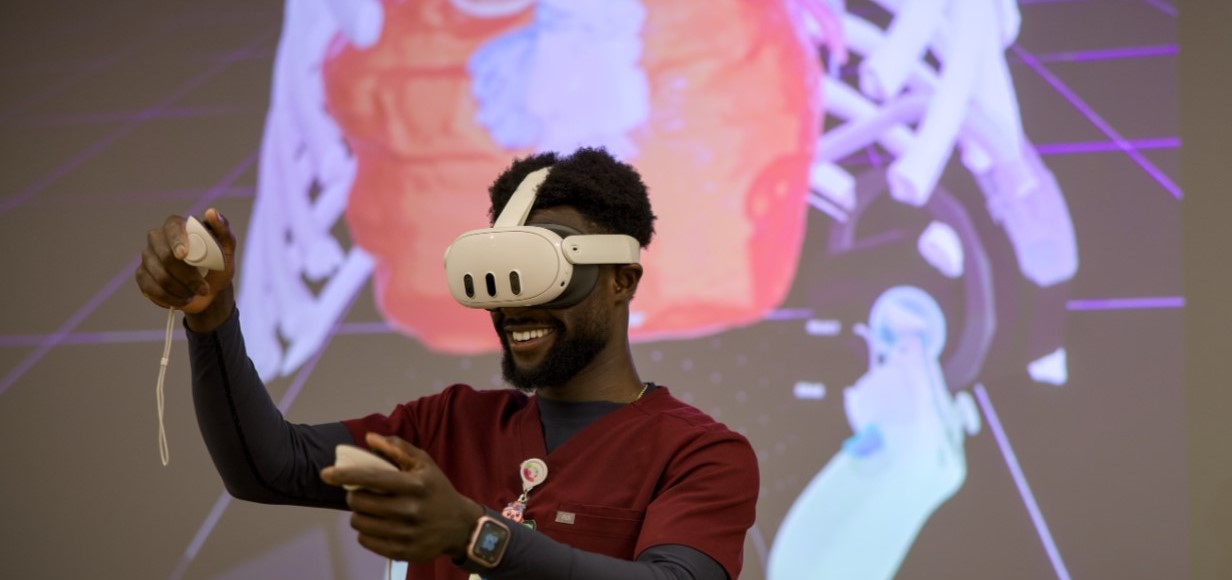A New Path to Helping Hearts Heal Themselves
Research By: Katherine Yutzey, PhD
Post Date: June 28, 2019 | Publish Date: March 15, 2016

“In essence, this approach turns off genes that normally turn off cell proliferation.”
—Katherine Yutzey, PhD
Developing a way to help cardiac muscles repair themselves after a heart attack has been one of the Holy Grails of modern medicine.
After all, unhealed heart attack damage is a leading cause of heart failure, which in turn contributes to approximately 287,000 deaths a year in the U.S.
In recent years, scientists had hoped that emerging stem cell technology would become the solution to prodding adult hearts into making new cardiomyocytes. So far, however, stem cell approaches have largely failed.
Now a potential new path to that elusive Grail is emerging. Research led by Fu-li Xiang, PhD, (now working at Novartis) and Katherine Yutzey, PhD, Molecular Cardiovascular Biology, has established that overexpression of the transcription factor Tbx20 prompts damaged hearts to heal themselves in mice.
Their findings appeared March 15, 2016, in Circulation.
FROM CURIOUSITY TO DISCOVERY
The work started with an unexpected observation. Santanu Chakraborty, PhD, a post-doctoral fellow in Yutzey’s lab, was working with a mouse model on an unrelated project when he noted that Tbx20 overexpression promotes fetal-stage heart development. He went on to begin exploring whether the transcription factor could promote adult cell growth.
“We did not expect it to work,” Yutzey says. “But we tested the concept in several different ways and the proliferation persisted.”
Intriguing, but a crucial question remained: Could a process that appears to work in a lab also work at repairing actual damaged hearts?
TURNING OFF AN OFF-SWITCH
The research team generated mice with induction of Tbx20 overexpression in adults. Xiang led much of the work, including inducing non-fatal infarctions in adult mice, and then injecting the drug tamoxifen for three days to activate the Tbx20 overexpression.
They soon found that the mice began to generate new, beating cardiomyocytes with immature, proliferative characteristics. Compared to controls, the treated mice had more cardiomyocytes after four weeks without leading to cardiac hypertrophy, fibrosis, or arrhythmia.
After eight weeks, the treated mice demonstrated a significantly higher survival rate than the untreated mice.
Further analysis revealed that the overexpression of Tbx20 promotes cell cycle activity through multiple molecular signaling pathways and represses cell cycle inhibitors p21, Meis1, and Btg2.
“In essence, this approach turns off genes that normally turn off cell proliferation,” Yutzey says.
The involvement of Btg2 as an inhibitor of cardiomyocyte proliferation was not expected. Other scientists have reported that this gene plays a role in slowing tumor growth, but none had reported that Btg2 also influences heart cell proliferation.
MORE WORK AHEAD
While the treated mice showed improved function, they did not fully heal.
“The mice attained 60 to 75 percent of their pre-infarction levels,” Yutzey says. “The new, fetal-like cells likely are smaller and weaker than normal adult cardiomyocytes.”
Still, that much improvement in cardiac function would make a powerful difference in terms of living with heart failure—if experts can translate these mouse model findings to humans. Several challenges lie ahead.
The gene manipulations used in the mouse study are not feasible in people, so investigators will need to explore other delivery methods. These could include using viral vectors or modified RNA technologies, Yutzey says. Some research teams also have reported success in animal studies with applying treatment delivery patches directly to heart tissue.
It remains unclear how long the search for a viable treatment may take, but these latest findings suggest that the search may be worth the effort.
“The accumulating evidence that resident cardiomyocytes can be stimulated to proliferate holds promise for the development of new and more effective treatments for the most devastating types of cardiovascular disease,” Yutzey says.
| Original title: | Overexpression of Tbx20 in Adult Cardiomyocytes Promotes Proliferation and Improves Cardiac Function After Myocardial Infarction |
| Published in: | Circulation |
| Publish date: | March 15, 2016 |
Research By







